Renal Diet Plate
You're navigating kidney health and it's not easy. You've got to balance your plate just right, juggling sodium, potassium, phosphorus, proteins and more. But don't worry, we're here to help you understand the ins and outs of a renal diet plate.
There are many levels of kidney disease, and each comes with its own rules to follow as to what you can and cannot eat or drink. Your doctor will give you a strict list to follow, and you should follow his or her directions closely.
There are some general tips for meal planning, however, that all kidney disease patients can follow.
With our evidence-based tips, you'll master portion control and dietary restrictions in no time. Let's dive into making your meal times easier while serving your kidneys well (meal planning for families with CKD).

Jump to:
- Key Takeaways
- Incorporating Low Sodium Foods
- Limiting Potassium-Rich Foods
- Monitoring Phosphorus Levels
- Balancing Protein Intake
- Choosing Kidney-Friendly Carbohydrates
- Including Healthy Fats in the Renal Diet
- Managing Fluid Intake
- Portion Control Tips
- Meticulous Meal Planning
- Tips for Dining Out on a Renal Diet
- The Impact of Lifestyle Changes on Kidney Health
- The Importance of Nutrition Education
- Frequently Asked Questions
- A Renal Diet Is Essential For Your Kidney Health
Key Takeaways
- Use low-sodium foods and flavor enhancers like herbs, spices, vinegar, and umami enhancers to enhance flavor without increasing sodium levels.
- Opt for low-potassium, low-phosphorus snacks and incorporate renal supplements if necessary.
- Balancing protein intake and choosing protein sources wisely is crucial for healthy kidneys.
- Proper portion sizes and portion control are important for maintaining kidney health.
Incorporating Low Sodium Foods
As you navigate your journey towards better kidney health, it's key to explore sodium alternatives that can enhance flavor without compromising wellness.
A low-sodium diet not only plays a pivotal role in managing blood pressure but also aids in preventing fluid buildup—a possible issue for those with kidney challenges (salt substitute for kidney patients).
In the upcoming discussion, we'll delve into evidence-based information on flavorful sodium substitutes and the health benefits of maintaining a low-sodium diet.
For More Recipes and Ideas --->> Get Your Free Meals and Recipes That Are Perfect for Pre-Dialysis Diets, Pre-Dialysis with Diabetes, or Dialysis Diets.
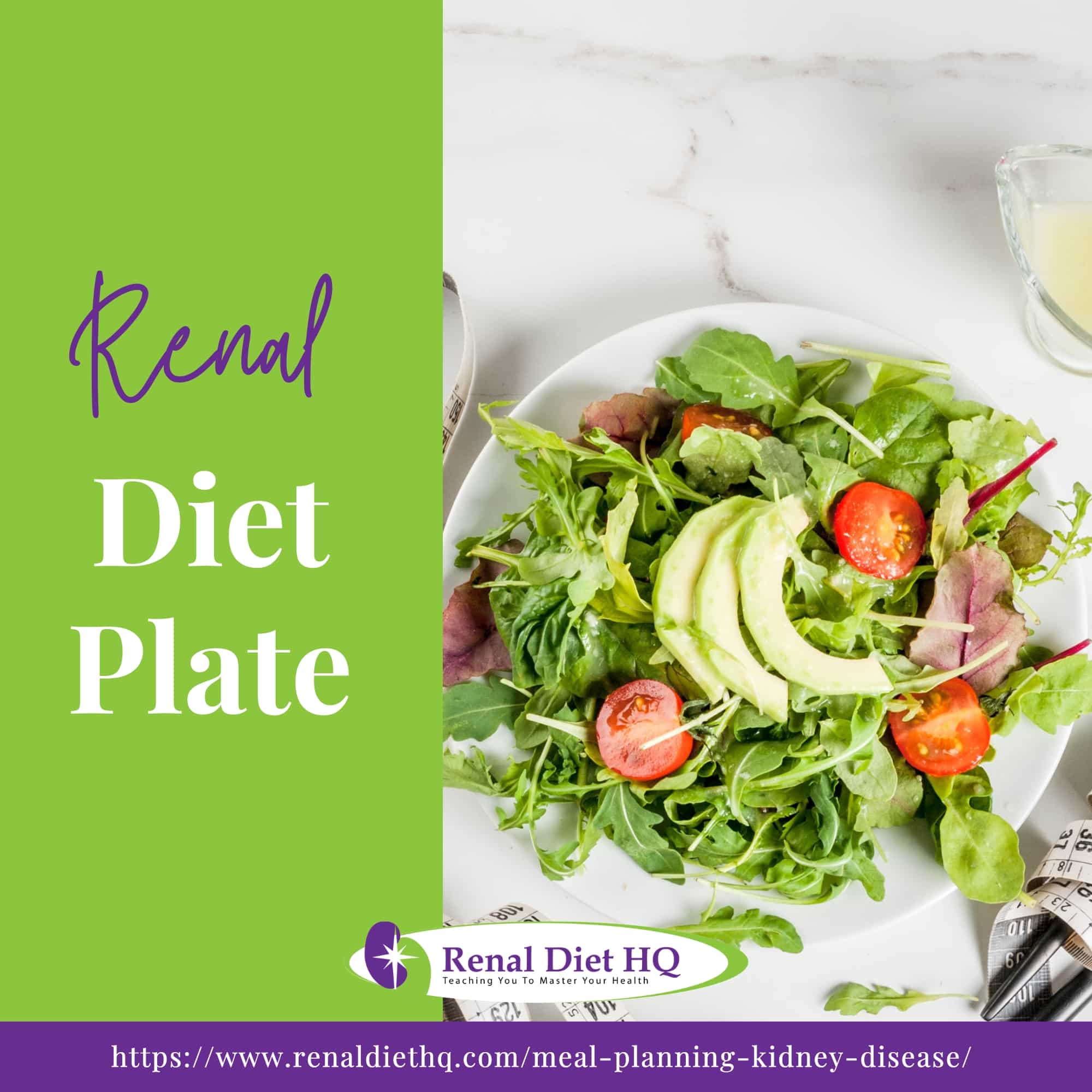
Sodium Alternatives for Flavor
Herbs, spices, and vinegar can replace salt to enhance the flavor of your meals with Chronic Kidney Disease (how to season food without salt).
Experiment with flavorful combinations of herbs and spices to satisfy your palate while safeguarding kidney health.
Umami Enhancers like mushrooms or tomatoes create depth in a meal's taste profile, providing satisfaction without salt intake.
Citrus zest is another great tool in your culinary arsenal; it refreshes and brightens dishes while helping reduce reliance on sodium.
Lastly, vinegar can provide an array of flavors from tangy apple cider to robust balsamic, adding zest and complexity to dishes without straining your kidneys with excess salt.
Health Benefits of Low Sodium
Cutting back on salt isn't just about taste alteration, it's also a key step toward better heart health. Sodium plays a crucial role in our bodies, but too much can increase blood pressure—a risk factor for heart disease. By avoiding excessive sodium content, you're practicing hypertension prevention.
Let's take a look at some benefits of low-sodium diets:
| Benefits of low-sodium diet | Explanation |
| Lower risk of heart diseases | Less sodium helps you avoid high blood pressure, a heart disease risk factor |
| Improved kidney health | Low salt helps you avoid high blood pressure that can damage your kidneys |
| Prevents swellings | High sodium can cause fluid buildup in your body, which causes swellings |
Limiting Potassium-Rich Foods
You've likely heard that potassium is essential for your health, but did you know that balancing it is particularly crucial for kidney patients?
Too much or too little can cause serious problems that may affect your kidneys.
It's crucial to understand how to manage your potassium intake effectively and why doing so could be a game-changer for maintaining optimal kidney function (how to manage chronic kidney disease).
Potassium and Kidney Health
Don't underestimate the role of potassium in kidney health; it's essential for proper function. When you're crafting kidney-friendly snacks, keep an eye on your use of high-potassium foods. Bananas, oranges, and potatoes might seem healthy, but they can cause high blood potassium if not balanced properly.
Potassium regulation techniques are crucial here. They'll help you maintain a safe level in your body without taxing your kidneys too much.
It's also important to consider the impact that medications may have on potassium levels. Some can inadvertently raise them higher than you'd like (commonly prescribed medications for CKD).
Managing Potassium Intake
Managing your potassium intake can be a bit tricky, but it's crucial for maintaining optimal kidney health. You have to consider dietary adaptations that involve potassium moderation. This could mean choosing fruits and vegetables low in potassium or reducing portion sizes of high-potassium foods.
Kidney friendly recipes can also play a significant role in managing your daily potassium intake.
Try incorporating meals with lower potassium contents into your routine. Examples of low-potassium foods to incorporate into your renal diet include apples, strawberries, peaches, pears, cucumbers, lettuce, and broccoli.
On the other hand, some of the high potassium foods that you many have to limit are oranges, tomatoes, avocados, kiwis, dried fruits, and milk.
Remember, the goal is balance; too much or too little might lead to complications. Always consult with your healthcare provider or dietitian to determine the optimal potassium intake for you.
Monitoring Phosphorus Levels
You're about to delve into a critical aspect of kidney health - the role of phosphorus and how controlling its intake can make a difference.
It's important to understand that your kidneys help regulate phosphorus levels in your body, but when they aren't functioning properly, phosphorus can build up and cause serious health problems
Therefore, knowing how to manage your phosphorus intake effectively becomes an indispensable part of maintaining optimal kidney health.
Controlling Phosphorus Intake
Your kidneys naturally regulates phosphorus levels, but this process can falter if your kidneys aren't functioning properly.
High phosphorus levels can directly harm your kidney and cause your kidney function to deteriorate. They can also expose you to risks of bone weakening, heart attacks, strokes, and even death.
It's not as hard as you might think. Understanding phosphorus sources like processed foods, dairy foods, meats, and chocolates can help. You'll want to limit these to prevent phosphorus overload.
In some cases, kidney patients may have to take phosphate binders—medications that block dietary phosphorus from being absorbed in your intestines.
Ultimately, managing your intake doesn't just protect your kidneys—it improves overall health too!
Balancing Protein Intake
You've got to know, managing protein intake is crucial for your kidney health.
It's not just about consuming protein, it's about finding the right balance - too much can accelerate kidney function decline in people who have kidney disease, and too little can lead to loss in muscle mass.
We'll delve into the science-backed information on how to strike this balance effectively, ensuring optimum kidney function and overall well-being.
Something that's important to keep in mind is that eating more plant-based foods instead of animal-based proteins can have many benefits for kidney patients, as it helps to slow down the progression of kidney disease, in addition to type 2 diabetes and hypertension, two leading causes of kidney disease.
Remember: Always follow dietary guidelines set by your healthcare provider or dietitian.
Choosing Kidney-Friendly Carbohydrates
You're likely wondering about the best carbohydrate choices for kidney health. Not all carbs are created equal, and when it comes to your kidneys, the right ones can make a significant difference.
So let's delve into how your carb selection impacts kidney function, backed by the latest scientific evidence.
Best Carb Choices
When considering the best carb choices for a renal diet plate, it's key to focus on complex carbohydrate intake like whole grains and legumes. These fiber-rich carbs have numerous kidney health benefits. These complex carbohydrates won't spike your blood sugar levels suddenly, which is particularly important for kidney patients, as high blood sugar levels can cause damage to kidneys.
The table below highlights the most significant differences between simple and complex carbohydrates:
| Simple Carbohydrates | Complex carbohydrates |
| Short-lasting source of energy | Long-lasting source of energy |
| Causes blood sugar spikes | Keeps blood sugar levels steady |
| Increases the risk of diabetes and heart disease | Reduces the risk of type 2 diabetes and heart disease |
Including Healthy Fats in the Renal Diet
You may be wondering about the role of healthy fats in a renal diet. It's essential to understand that not all fats are detrimental to your kidney health; there are indeed healthier options available.
Benefits of Incorporating Healthy Fats
Now, let's delve into the benefits of incorporating healthy fats.
Incorporating these beneficial fats into your diet can offer numerous advantages, such as protecting you from heart disease. Additionally, these healthy fats can help maintain healthy cholesterol and blood pressure levels.
Nutritional counseling provides an avenue for patient education, empowering you with a comprehensive understanding of how each dietary element impacts your kidney health.
Remember, change may be challenging at first but through consistent efforts, the rewards are immense: improved kidney function and general health - definitely worth it!
Healthy Fat Options
So, you've explored the benefits of healthy fat options for your renal diet plate. Now, let's go over some of the best foods with healthy fat content that you should include as part of your renal diet
- Avocado: Avocados are a great source of healthy monounsaturated fats. They are also packed with vitamins, minerals, and fiber.
- Olive oil: Olive oil is rich in monounsaturated fats and has been associated with various health benefits. It can be used for cooking or as a salad dressing.
- Nuts and seeds: Almonds, walnuts, flaxseeds, and chia seeds are all excellent sources of healthy fats. They also provide protein, other essential nutrients.
- Fatty fish: Fish like salmon, mackerel, and sardines are high in omega-3 fatty acids, which have been shown to have numerous health benefits. Grilling or baking fish is a healthy way to prepare them.
Managing Fluid Intake
You're about to delve into another crucial aspect of managing kidney health: overseeing your fluid intake.
Navigating these waters can be tricky, but with the right knowledge and tools, you'll be able to maintain optimal hydration for your kidneys' best performance.
Recommended Fluid Intake
The recommended daily intake of fluids depends largely on your current stage of kidney disease.
In the early stages of kidney disease (stages 1-2), you may be advised to drink around 64 ounces or 8 glasses of fluids to maintain an optimal level of hydration. However, in the more advanced kidney disease (stages 3-5), you may be advised to actually limit your fluid intake, as damaged kidneys may struggle to get rid of extra fluids in your body.
Excess fluids intake can lead to many problems such as swelling, high blood pressure, heart failure, and difficulty breathing, and may also interfere with how the effectiveness of your dialysis sessions.
Use a measuring cup or a water bottle with marked measurements to keep track of the amount of fluid you consume throughout the day. This will help you stay within your recommended limit.
But remember, fluids aren't just water – be mindful of foods and drinks that have high water content, such as soups, ice cream, gelatin, and juicy fruits, as these can also contribute to your overall fluid intake.
Following these recommendations will help keep your kidney and body healthy.
Portion Control Tips
One important aspect of a kidney-friendly diet is portion control. Controlling portion sizes can help manage weight, reduce strain on the kidneys, and maintain a balanced intake of nutrients.
Here are some portion control tips for people with chronic kidney disease:
- Understand serving sizes: Familiarize yourself with standard serving sizes for different food groups. This will help you estimate portion sizes accurately. For example, a serving of protein is typically around 3 ounces, which is the size of your palm.
- Use measuring tools: Invest in measuring cups, spoons, and a kitchen scale. These tools can help you measure your food accurately and ensure you're sticking to appropriate portion sizes.
- Limit high-protein foods: While protein is important for people with kidney disease, excessive intake can strain the kidneys. Control portion sizes of high-protein foods like meat, poultry, fish, and dairy products.
- Eat slowly and mindfully: Take your time to chew your food thoroughly and savor each bite. Eating slowly and mindfully can help you recognize when you're full and prevent overeating.
- Use smaller plates and bowls: Trick your brain into thinking you're eating more by using smaller plates and bowls. This can help control portion sizes and prevent overeating.
- Plan and prepare meals in advance: Planning and preparing your meals in advance can help you control portion sizes and make healthier choices. Use meal prep containers to portion out your meals for the week, ensuring you're eating appropriate amounts.
Remember, portion control is just one aspect of a renal diet. It's important to work with a registered dietitian who specializes in kidney disease to create a personalized kidney-friendly eating plan that meets your specific needs and restrictions.
Meticulous Meal Planning
Meal Planning is your strongest weapon when dealing with kidney disease. Careful meal planning can make a huge difference in maintaining a renal diet (7 day meal plan for kidney disease).
- Writing it out: write out what you plan to eat for each meal, including two or three snacks per day.
- Sticking to the list: Take your list with you when grocery shopping, and only buy the items on your list.
- Avoiding impulse buys: avoiding impulse buys is key - it is much easier to stick to the plan when there aren’t any other tempting options.
- Planning every detail: when making your kidney disease meal plan, make sure to plan every detail down to the last teaspoon of dressing. Plan exactly what and how much of each and everything you plan to eat and drink. This takes the guesswork out of your diet plan and makes it so much easier to succeed.
- Keeping a food journal: it is a good idea to record what you eat and drink in a food diary. Writing down every sip or bite you take is useful for two purposes. First, it makes you more aware of everything you are putting into your body, and helps you monitor your diet more closely. Second, it provides an honest recording that you can share with your doctor.

Tips for Dining Out on a Renal Diet
When dining out on a renal diet, it's important to make choices that are kidney-friendly and low in sodium, potassium, and phosphorus. Here are some tips to help you navigate dining out while following a renal diet:
- Plan ahead: Look up the menu online before going to the restaurant. This will give you an idea of the available options and allow you to choose a restaurant that offers kidney-friendly dishes.
- Request modifications: Don't hesitate to ask the server to make modifications to your meal. For example, ask for sauces and dressings to be served on the side so that you can control the amount you consume.
- Control portion sizes: Restaurants often serve large portions, which can be challenging for a renal diet. Consider sharing a meal with a dining partner or ask for a takeout container to save leftovers for another meal.
- Be mindful of sauces and seasonings: Sauces, gravies, and seasonings may contain high amounts of sodium and phosphorus. Ask for low-sodium alternatives or request that your meal be prepared without added salt.
- Choose fresh fruits for dessert: Instead of opting for desserts high in potassium and phosphorus, choose low-potassium fruits as a kidney-friendly option
Remember, it's always a good idea to consult with a registered dietitian who specializes in renal nutrition to create a personalized healthy eating plan that suits your specific dietary needs.
Renal-Friendly Menu Options
When dining out at restaurants and following a renal-friendly diet, it's important to make choices that are low in sodium, potassium, and phosphorus. Here are some menu options you can consider:
- Grilled chicken or fish: Opt for grilled chicken breast or fish like salmon or tilapia. Request minimal seasoning and sauces to control sodium intake.
- Steamed vegetables: Choose steamed vegetables like broccoli, carrots, or green beans. Avoid vegetables cooked with added salt or high-potassium ingredients.
- Salad with low-potassium toppings: Select a salad with low-potassium toppings such as cucumbers, peppers, and corn. Avoid high-potassium toppings like avocado, olives, or tomatoes. Opt for a low-sodium dressing on the side.
- Grilled or roasted lean proteins: Look for options like grilled chicken, turkey, or lean cuts of beef. Request minimal seasoning and sauces to control sodium intake.
- Pasta with marinara sauce: Choose pasta with a simple marinara sauce.
- Fresh fruit: Enjoy fresh fruits like apples, berries, or grapes. Avoid fruits that are high in potassium, such as bananas, oranges, or kiwis.
Remember to communicate your dietary restrictions and preferences to the restaurant staff, as they may be able to accommodate your needs. It's always a good idea to consult with a registered dietitian for personalized advice based on your specific renal diet requirements.
The Impact of Lifestyle Changes on Kidney Health
Lifestyle changes can have a significant impact on kidney health.
It might be helpful to avoid smoking as it reduces blood flow to important organs and can make kidney disease worse.
Stress management techniques like meditation also play an essential part; remember, excessive stress can lead actually lead to kidney damage.
Regular exercise benefits your kidneys by reducing blood pressure and providing stress relief.
So make these healthy habits part of your routine because you're serving not just your kidneys, but your entire well-being too!
The Importance of Nutrition Education
Moving from the effect of lifestyle modifications, it's crucial to discuss how to properly arm yourself with information regarding kidney disease. With kidney disease, it's easy to fall prey to dietary myths that may hinder your progress. Here are three key steps:
- Nutrition Education: Equip yourself with knowledge about what works for your kidneys and what doesn't.
- Dietitian Consultation: Engage renal dietitians who understand the interaction between food and kidney health.
- Renal Supplements: Understand their role in managing kidney disease and be clear when discussing these with others.
Busting dietary myths is an ongoing process but armed with education and professional guidance, you'll be better prepared to communicate your needs accurately and confidently while serving others in similar situations.
Frequently Asked Questions
One of the primary goals of a healthy diet for kidney disease is to maintain fluid and electrolyte balance in the body. Failing to follow the diet correctly can result in imbalances, such as intake of excess sodium, potassium, or phosphorus (renal diet sodium limit).
These imbalances can lead to fluid retention, high blood pressure, heart problems, and bone disease.
By adhering to a kidney diet, individuals can help prevent these complications and maintain proper fluid and electrolyte balance.
Yes, it is possible for vegetarians and vegans to follow a renal diet.
There are still plenty of plant-based options available for vegetarians and vegans.
In fact, replacing animal-based foods with plant foods can actually be beneficial to people with kidney disease.
While it may require some extra planning and attention to nutrient intake, vegetarians and vegans can successfully follow a renal diet (planting a kidney friendly garden).
By incorporating plant-based protein sources like beans, tofu, tempeh, quinoa, nuts, and seeds, and managing potassium and phosphorus intake, vegans can maintain a balanced and healthy diet that supports kidney health.
During holidays or special occasions, maintaining your renal diet can be challenging, but it's achievable (holiday eating tips for dialysis patients).
Plan holiday meals carefully and make festive food substitutions that align with your diet.
Remember to stay hydrated while being mindful about your fluid intake.
Opt for renal-friendly desserts and, when dining out, consider options that suit your dietary needs.
Always prioritize kidney health and show love through serving healthy meals.
Celebrate without compromising your health!
A Renal Diet Is Essential For Your Kidney Health
Maintaining a renal diet is essential for your kidney health.
It's important to pay attention to the size of your meals when eating a renal diet.
Remember to balance your protein intake, include low-sodium and low-potassium foods and manage your fluid intake.
Monitor phosphorus levels while incorporating healthy fats.
Your doctor or dietitian can give you exact instructions on how much food you should be consuming in one meal.
With these tips, you can maintain a healthy diet to help control any level of kidney disease. Your kidneys will thank you for it!


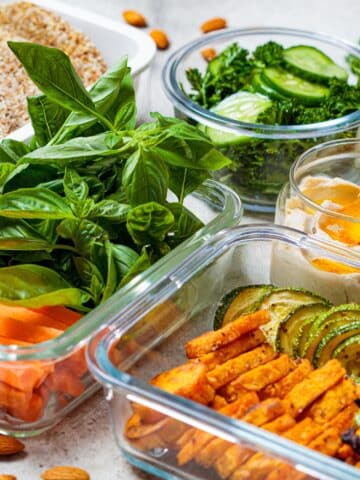
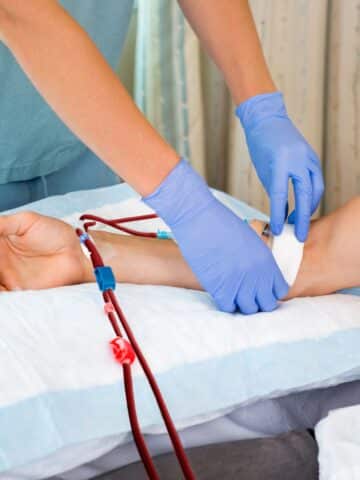
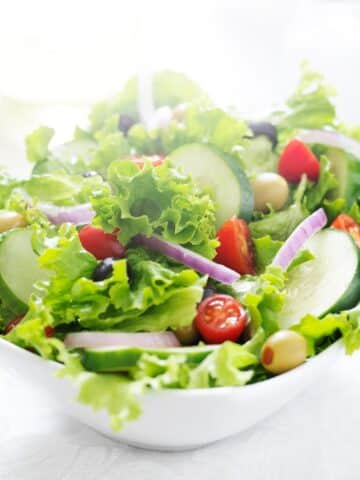

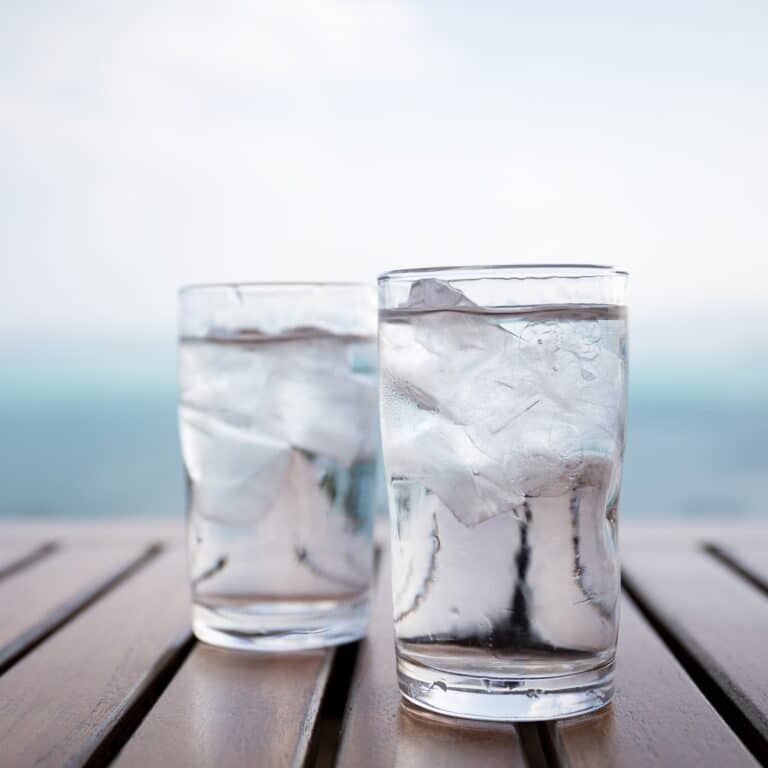
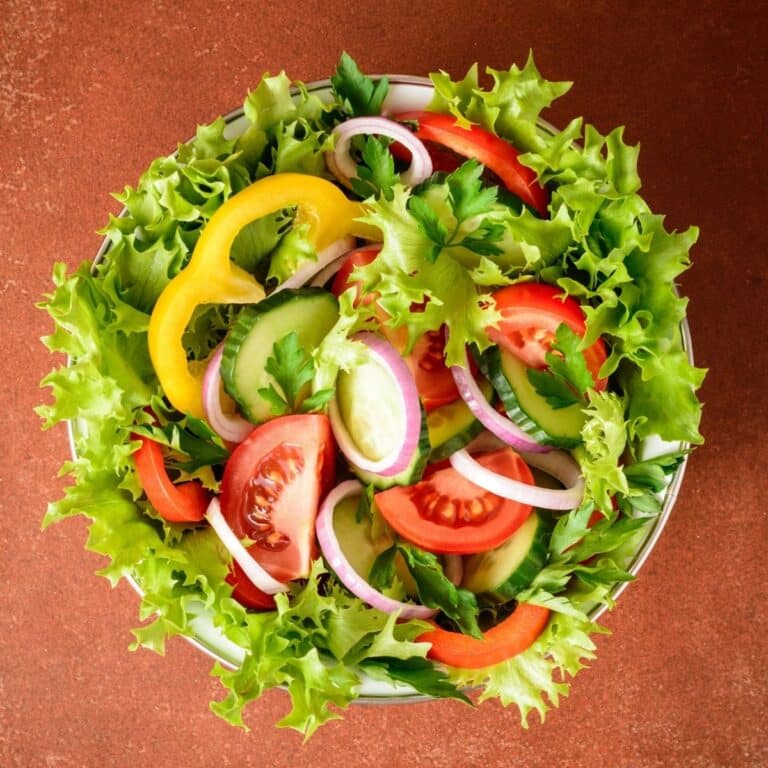
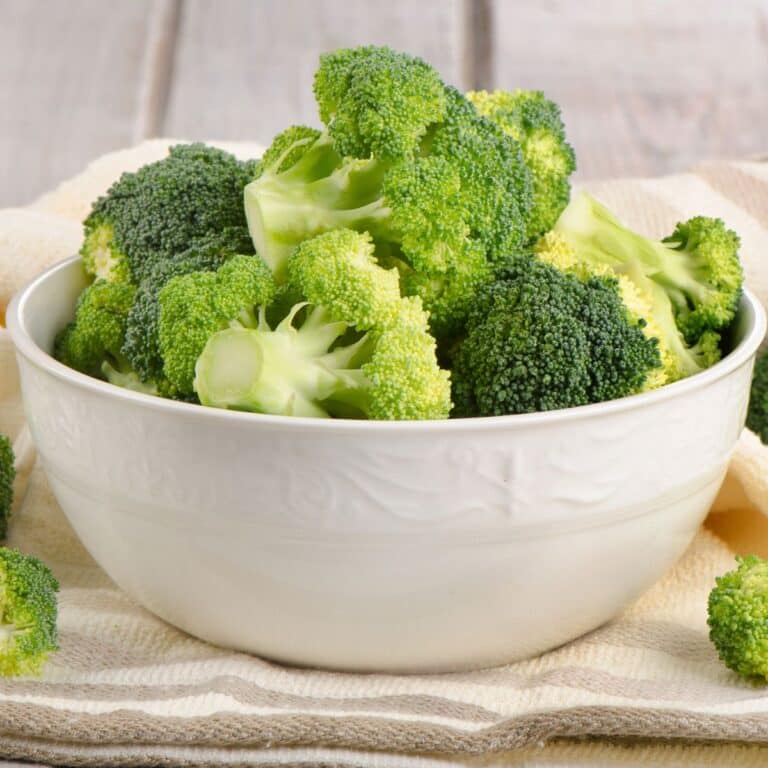
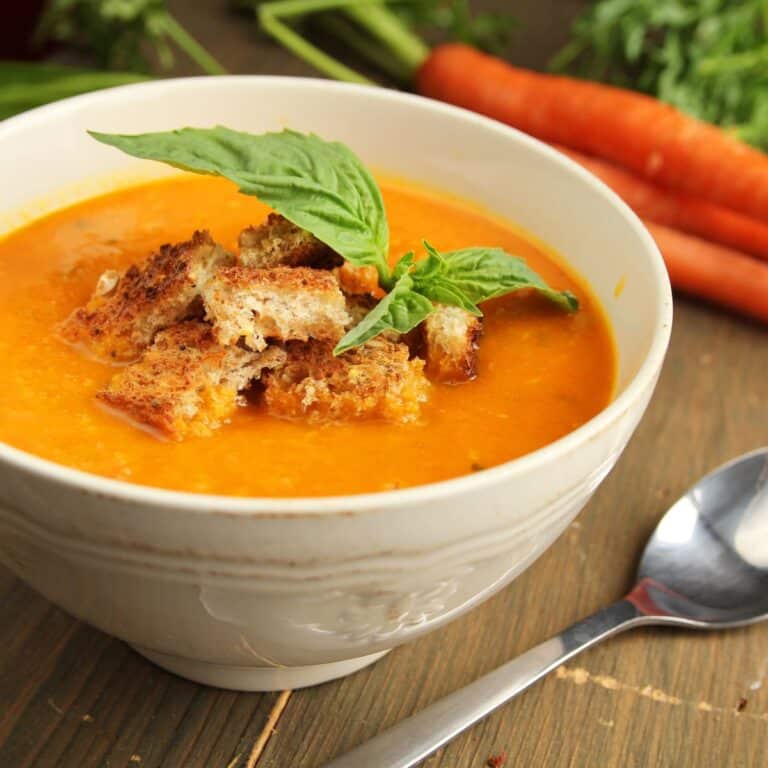
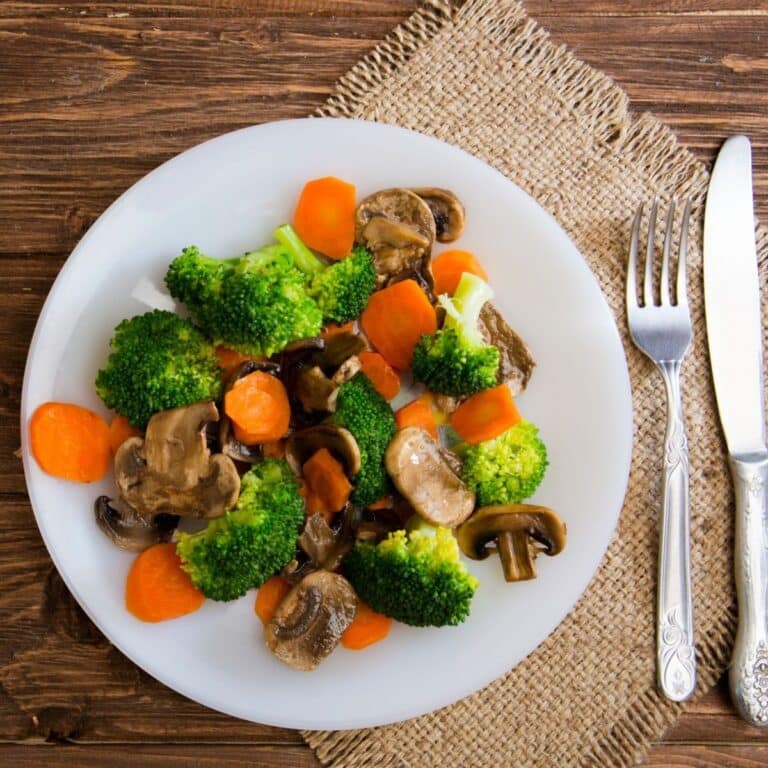



I am in Sri Lanka where can I get your recommendations for diet I am 72yrs had a by pass 17 years ago my GRF is 51 trying methods to increase it . also not sure how much water I must drink hope u can help